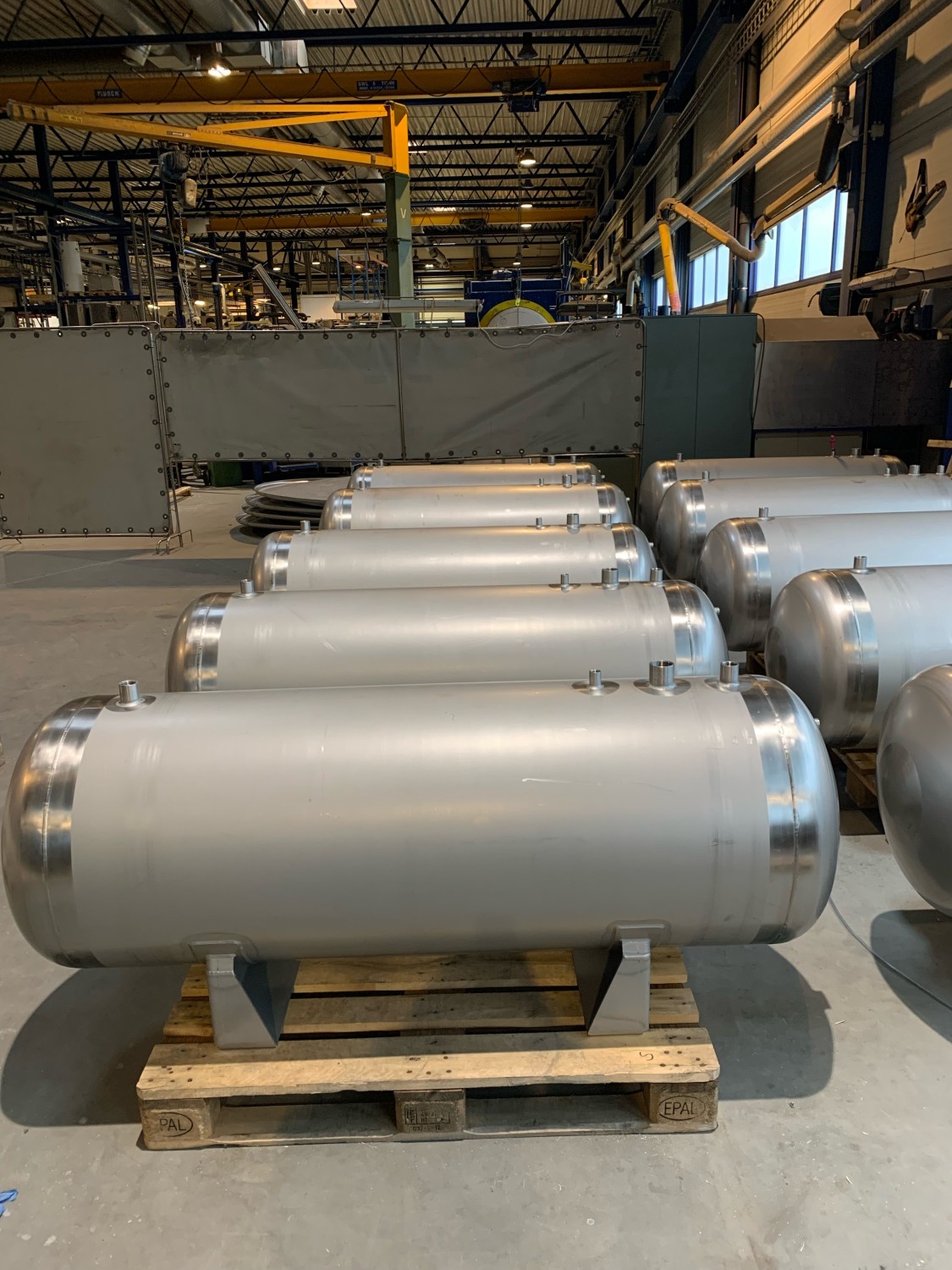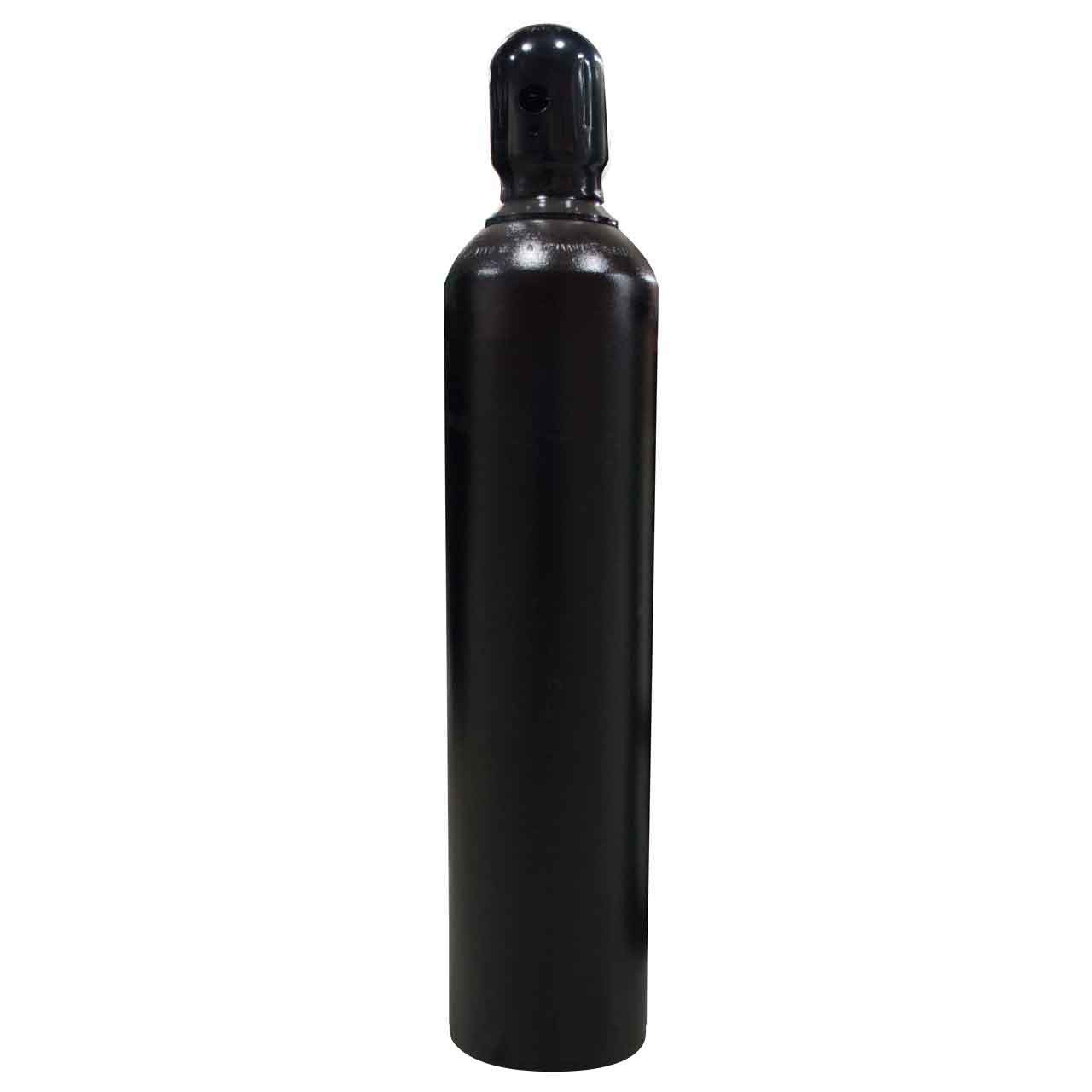Expert Eyes on Every Joint: Tank Welding Inspection Solution Explained
Wiki Article
Professional Container Welding Inspection Solutions for Quality Assurance and Compliance
Specialist storage tank welding examination options stand as the cornerstone of quality control and conformity steps embraced by industries. From meticulous inspections to sophisticated methods, the world of tank welding evaluation supplies an innovative landscape of methods aimed at promoting requirements and mitigating dangers.Significance of Tank Welding Evaluation
Making certain the quality of tank welding through meticulous evaluation is essential in preserving structural integrity and preventing possible risks in industrial setups. Container welding plays an essential duty in various markets, consisting of oil and gas, chemical, and production handling. The architectural stability of containers is extremely important to stop leaks, spills, and other hazardous events that can result in ecological damages, financial losses, and also jeopardize lives.With rigorous evaluation procedures, welding issues such as cracks, insufficient combination, and porosity can be recognized and rectified promptly. Evaluations also help ensure conformity with industry standards and regulations, providing a degree of assurance concerning the quality and security of the bonded containers.
Normal assessments not just improve the total high quality of tank welding but additionally contribute to the durability and integrity of commercial equipment. By identifying and attending to issues early on, firms can prevent pricey fixings, downtime, and possible mishaps, eventually guarding their procedures and track record.
Advanced Evaluation Strategies
One innovative strategy that has actually revolutionized tank welding evaluation is the use of automated ultrasonic testing (AUT) This method eliminates human error and makes sure extensive insurance coverage of welds, enhancing the general high quality of examinations.In addition, phased range ultrasonic testing (PAUT) is another innovative examination technique acquiring appeal in container welding assessments. Tank Welding Inspection Service. PAUT permits exact control over the ultrasonic beam angle and centerpiece, enabling examiners to find and characterize problems with high resolution. This technique is especially effective in checking complex geometries and can give comprehensive imaging of weld defects for thorough analysis
In enhancement to AUT and PAUT, progressed radiographic testing techniques, such as electronic radiography, are being progressively made use of in tank welding assessments. These strategies use improved picture high quality, decreased inspection times, and enhanced safety and security contrasted to traditional radiographic techniques. By including these sophisticated examination strategies, industries can ensure better control and conformity with regulative standards in container welding procedures.
Trained Examination Professionals
Effectiveness in examination techniques is paramount for ensuring the precision and dependability of container welding assessments in industrial setups. Trained inspection experts play a critical function in promoting quality assurance criteria and making certain compliance with governing requirements. These experts undergo extensive training to establish proficiency in various assessment approaches, including visual testing, ultrasonic screening, radiographic testing, and magnetic particle screening.Qualified evaluation specialists are fluent in interpreting codes and standards certain to container welding, such as API 653 and API 650. They possess the understanding and abilities to recognize welding problems, analyze weld top quality, and make informed decisions relating to the acceptability of welded joints. Additionally, these experts are educated to run innovative examination tools and make use of specialized tools to conduct complete evaluations of container welds.
Cost-efficient Quality Assurance Solutions

In the middle of the obstacles of preserving high standards in storage tank welding examinations, the mission for economical top quality control options becomes a critical focus for industrial procedures. Executing efficient quality assurance procedures is important to ensure weld integrity, protect against defects, and support safety requirements. One cost-effective service is the application of advanced evaluation innovations such as automated welding inspection systems. These systems can improve the examination procedure, lower human mistake, and improve general efficiency.
Along with technical advancements, developing an extensive quality assurance strategy that Home Page consists of regular examinations, paperwork, and worker training can considerably add to set you back financial savings in the long-term. By purchasing training programs for welding assessors and ensuring adherence to industry requirements, business can proactively identify concerns, minimize rework, and stay clear of pricey fixings.
Additionally, contracting out specific evaluation services when needed can be an affordable technique for business that do not have the knowledge or resources in-house. Collaborating with reliable examination firms can supply accessibility to competent specialists and sophisticated devices without the demand for significant capital investment. Ultimately, focusing on cost-effective quality control solutions is crucial for achieving operational performance, conference regulative demands, and providing top quality bonded storage tanks.
Ensuring Regulatory Conformity


Regulatory conformity Continue in tank welding assessments is a fundamental aspect of making certain market requirements and safety requirements are satisfied. Complying with governing guidelines stated by organizations such as the American Oil Institute (API) and Occupational Safety and Wellness Management (OSHA) is crucial to assuring the integrity and dependability of bonded containers. These regulations describe details requirements for welding procedures, material specs, inspection techniques, and high quality control actions that must be followed to keep operational quality and prevent potential dangers.
To ensure regulatory conformity in tank welding examinations, qualified welding inspectors have to have a comprehensive understanding of the suitable codes and standards. Routine audits and analyses need to be carried out to confirm that welding procedures and treatments align with governing demands. Furthermore, documentation and record-keeping are crucial elements of compliance, supplying a clear path of adherence to policies for bookkeeping functions.
Verdict
Finally, expert tank welding examination options play a vital duty in guaranteeing the top quality control and compliance of tanks. By utilizing sophisticated assessment methods and experienced specialists, business can properly keep an eye on the welding procedure, determine potential defects, and maintain regulatory conformity (Tank Welding Inspection Service). This proactive these details technique not only helps in avoiding costly fixings and downtime however also guarantees the safety and security and honesty of the containersFrom thorough inspections to innovative strategies, the realm of storage tank welding inspection supplies an innovative landscape of practices aimed at promoting requirements and mitigating dangers.Additionally, phased array ultrasonic screening (PAUT) is another advanced evaluation technique getting appeal in tank welding examinations.Effectiveness in assessment techniques is paramount for guaranteeing the accuracy and reliability of container welding evaluations in commercial settings. One cost-effective solution is the application of sophisticated assessment modern technologies such as automated welding inspection systems.In final thought, professional storage tank welding examination remedies play a crucial function in making sure the high quality control and conformity of storage tanks.
Report this wiki page